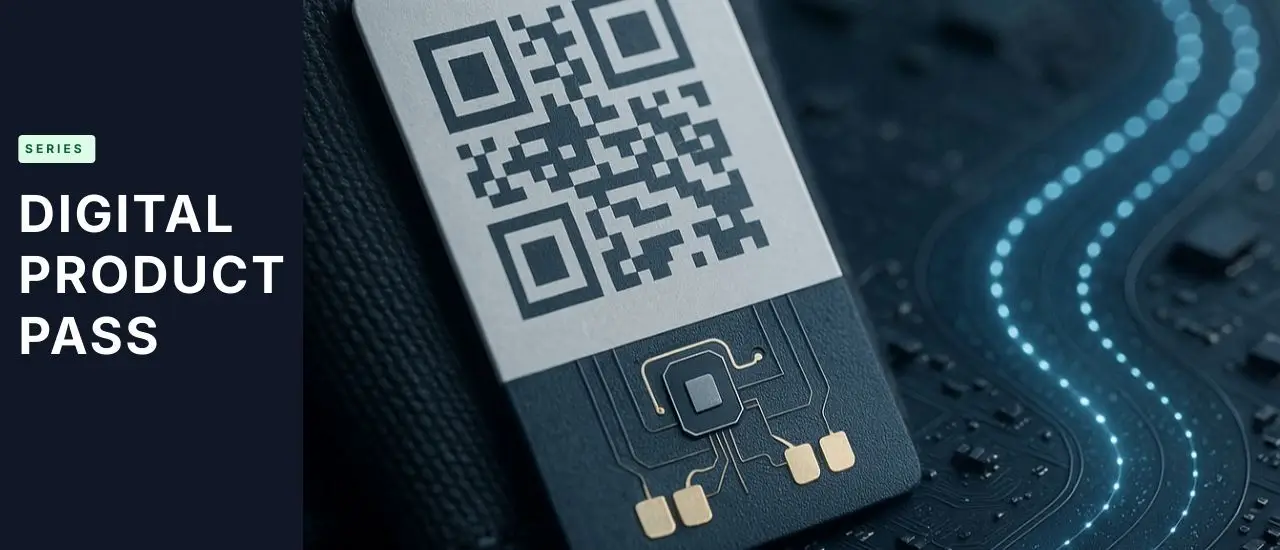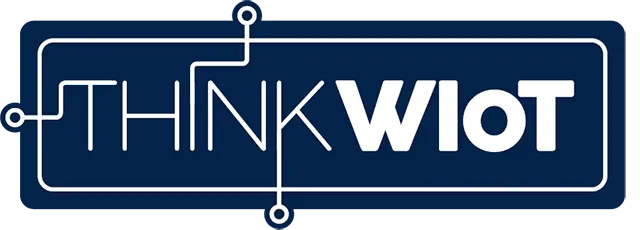1. How do you see the potential of UHF in smartphones? Is it a game changer or are you more skeptical?
Richard Aufreiter: UHF RFID technology has traditionally been used in many logistics applications because of its high data rate and long reading range. These two characteristics make UHF particularly suitable for logistics. Examples include supply chain management, automation, tool management, retail and waste management.
HF RFID, and with it NFC technology, enables bi-directional communication between two devices in close proximity. This is the reason for the widespread use of NFC in smartphones. The technology is currently used primarily for contactless payment, authentication and access solutions.
Conclusion and my opinion: The integration of UHF technology in smartphones will not replace the NFC applications that are widely used today. However, UHF has significant potential and could be a game changer in some areas.
2. What technological challenges must be overcome to successfully integrate UHF into smartphones?
Eric Suligoj: In my view, there are two major challenges that must be overcome before successful integration can occur. First, Qualcomm and its competitors need to integrate the technology into their products.
And the original design manufacturers (ODMs) of mobile phones, mobile computers and tablets must integrate the compact, short-range modules into their devices. Since it will likely take some time for all smartphones to support the technology, there may be a market opportunity for small UHF snap-ons in the meantime.
Richard Aufreiter: I would mention privacy as another challenge. Impinj and the RAIN Alliance have already recognized this: once all objects are tagged and everyone has a UHF scanner on their smartphone, there are significant privacy concerns, as everyone could theoretically build a digital profile of people on the street.
This is one of the main reasons why authentication mechanisms are being promoted in the GEN2V2 standard, as well as the development of Impinj's M775 version and its future M8xx counterpart. In any case, a critical aspect is the development of a back-end cloud infrastructure that enables the authentication of the aforementioned ICs with readers.
Eric Suligoj: Other challenges include integrating UHF technology into smartphones without compromising size, battery life or overall device performance. In particular, interaction with other smartphone sensors and applications is a major challenge.
Another issue is the coexistence of radio frequency signals between the RFID reader and other sensors or RF technologies, as well as the high power consumption caused by active RFID scanning.
In addition, the integration of UHF capabilities could increase the production cost of smartphones, which could be a barrier to widespread market adoption. Finally, there are regulatory challenges, as different countries have different regulations for the use of UHF frequencies. This could complicate global adoption, whereas this is not typically the case for the frequencies used by smartphones.
3. How do handhelds compare to smartphones with UHF technology?
Richard Aufreiter: UHF-enabled smartphones could be beneficial in logistics, inventory management and asset tracking applications that require longer reading ranges and faster data processing. However, handheld readers are likely to be better suited for professional applications.
The range of smartphones will tend to be limited compared to handheld devices. However, the intention is to make this technology accessible to end users.
The future of handheld readers lies in extending their capabilities, not replacing them.

4. The NFC smartphone acts as a digital ID and therefore as a digital identity. How would this functionality work with UHF?
Eric Suligoj: This raises the question of which technology is best suited to transmit the identity of digital passports. UHF meets all the requirements from manufacturing to recycling, with one important exception: delivery of the data to the end user. This leaves out a critical element that retail brands need for loyalty, customer experience and some of the new omnichannel business models.
In my opinion, retail will need either dual-technology tags or UHF integration into smartphones. The following chart shows examples of what UHF can do.

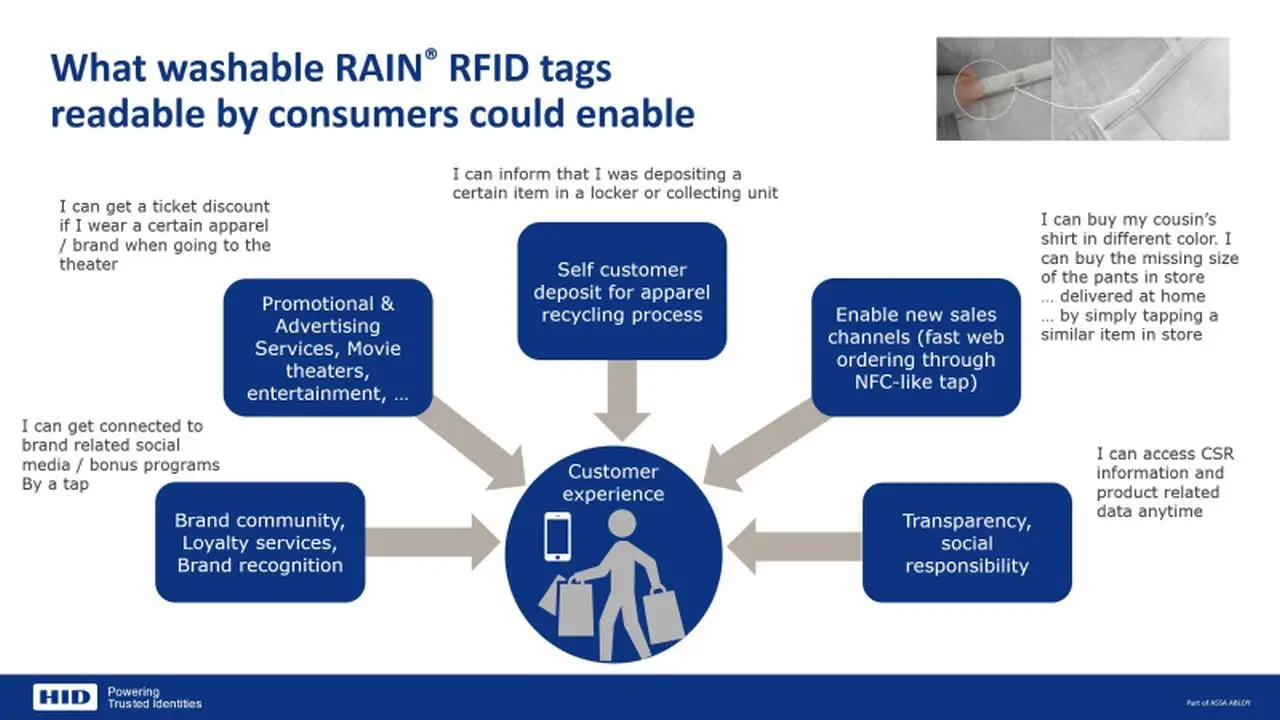
5. What are the end user applications?
Richard Aufreiter: Many solutions are possible. For example, UHF-enabled smartphones can interact with smart shelves in stores. Consumers can use their smartphones to scan items and complete their purchases without waiting in line. UHF can help manage inventory in the home by tracking items such as food, medicine and household goods.
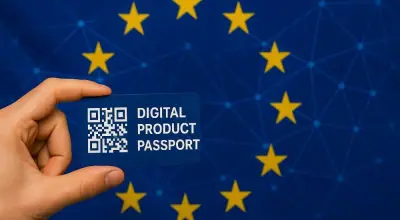
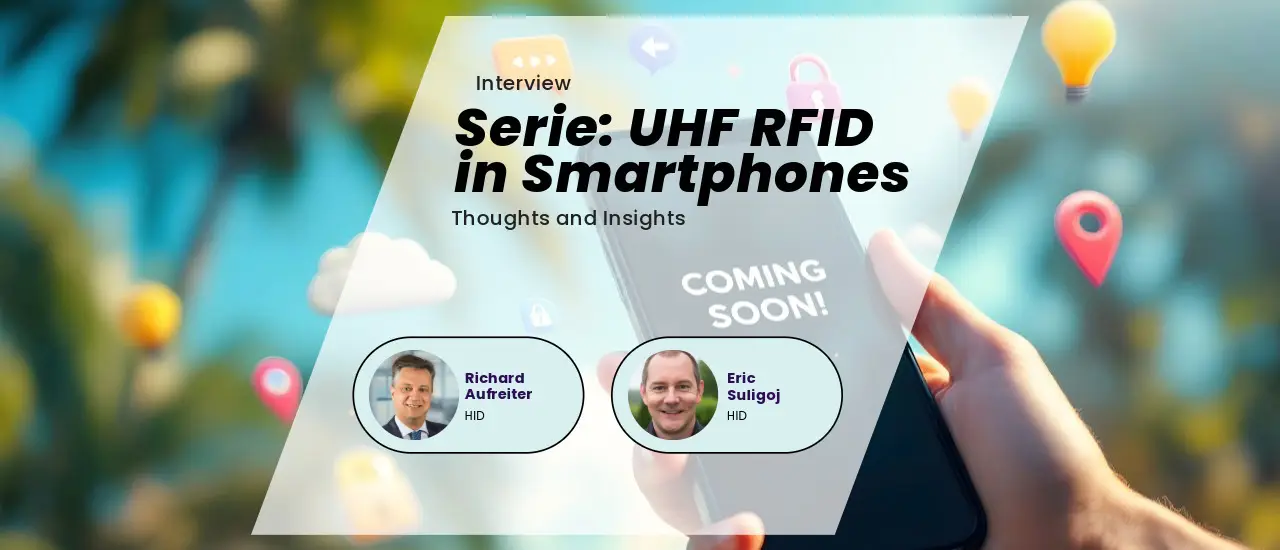
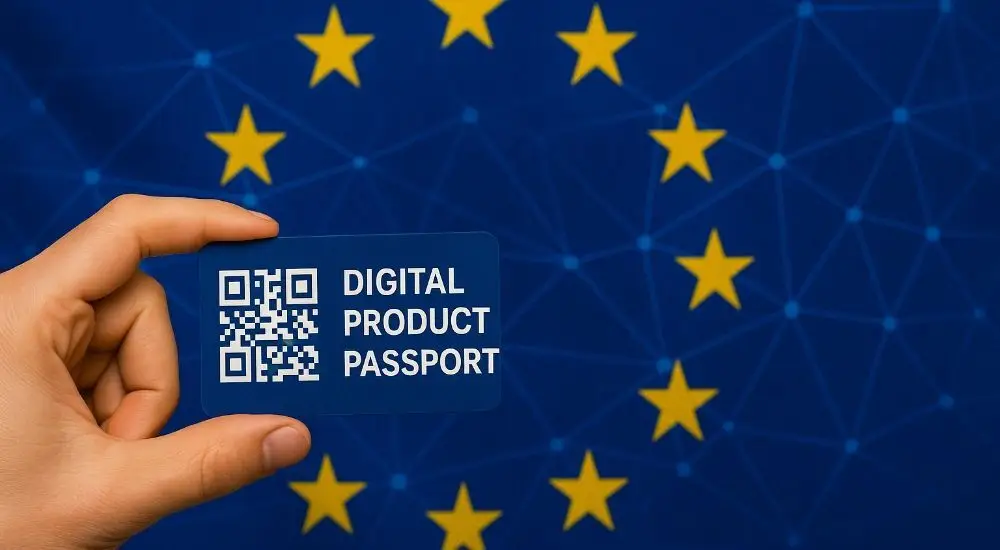
-über-Wi-Fi-HaLow-responsive.webp)
